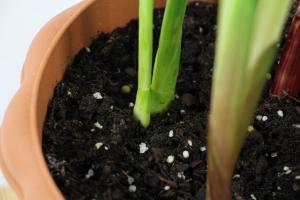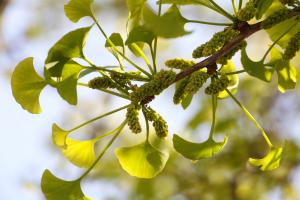How to Make Drainage in Existing Potted Plant Containers
When it comes to plant care, one of the most important things to consider is proper drainage. Without proper drainage, your plants will not thrive and may even die. If you have existing potted plant containers that do not have a drainage hole, don't worry! There are several ways to make drainage in these containers so you can give your plants the care they need.
Materials Needed
Before you begin, it's important to gather the necessary materials. Here's what you'll need:
A drill
A drill bit in the appropriate size for your container
A protective mask, goggles, and gloves
A container for excess water to drain into
Pebbles, gravel, or broken pottery to place at the bottom of the container
Potting soil
Step-by-Step Guide
Now that you have your materials, it's time to make drainage in your existing potted plant container. Follow these steps:
Put on your protective gear – a mask, goggles, and gloves – to protect yourself from any debris that may be produced during the drilling process.
Choose the spot where you want to make the drainage hole. It's best to choose a spot that is about an inch from the edge of the container so that the hole won't weaken the container's structure.
Select the appropriate size drill bit for your container. The hole should be about 1/4 to 1/2 inch in diameter.
Place the container on a stable surface and hold it in place with your non-dominant hand.
With your dominant hand, use the drill to make a hole in the container at the pre-determined spot. Apply gentle pressure and drill slowly to avoid cracking or damaging the container.
Once the hole is drilled, turn the container over and allow any debris to fall out.
Place a layer of pebbles, gravel, or broken pottery at the bottom of the container. This will help with drainage and prevent the drainage hole from getting blocked.
Add potting soil to the container and plant your desired plant.
Water the plant and allow any excess water to drain out of the container and into the excess water container.
Tips for Maintenance
Now that you've successfully made drainage in your existing potted plant container, here are some tips for maintaining healthy plants:
Don't overwater your plants. Plants need water, but too much water can lead to root rot, which can be fatal to your plant.
Check the drainage hole frequently to make sure it isn't clogged. You can do this by inserting a toothpick or another small object into the hole to remove any blockages.
If you notice any yellow or brown leaves on your plant, remove them promptly. This will help your plant redirect its energy to healthy growth and prevent the spread of any diseases.
Conclusion
Proper drainage is essential for healthy plant growth. By following these steps, you can make drainage in your existing potted plant container and provide your plants with the care they need to thrive.

 how many times do yo...
how many times do yo... how many planted tre...
how many planted tre... how many pine trees ...
how many pine trees ... how many pecan trees...
how many pecan trees... how many plants comp...
how many plants comp... how many plants can ...
how many plants can ... how many plants and ...
how many plants and ... how many pepper plan...
how many pepper plan...





























